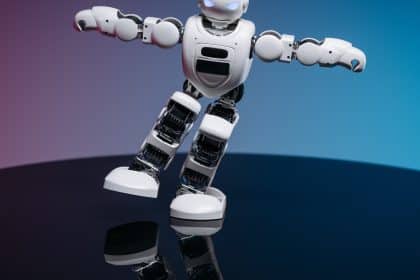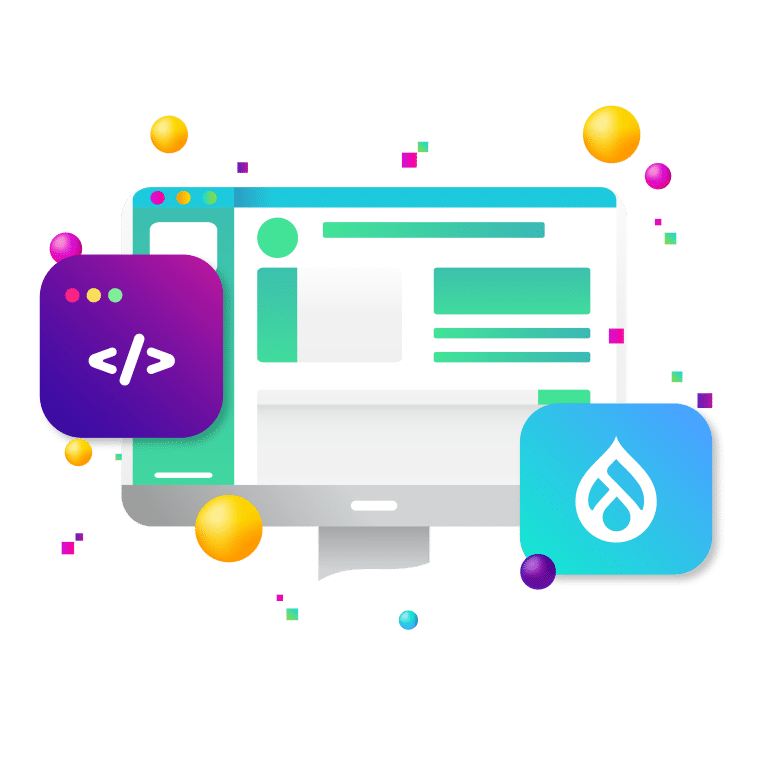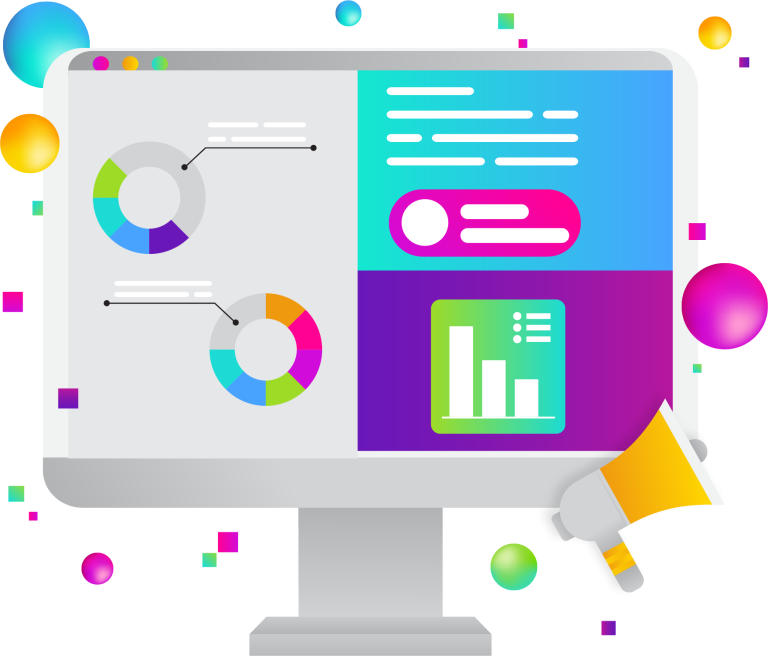Chatbots are becoming increasingly popular in the online business world, offering a range of benefits for businesses of all sizes. But what is the value that chatbots bring to your business?
If you’re a small business owner, then you know the importance of providing excellent customer service and support. You also know that it can be difficult to provide such service at all times. Fortunately, chatbots are here to help. In this blog post, we’ll explore how chatbots can help your business by providing quality customer service and improving sales.

What Is a Chatbot?
A chatbot is an automated program powered by artificial intelligence (AI). It can recognize and respond to questions asked by website visitors in real-time through text or voice interactions. They can also be used as virtual assistants that can guide people through the purchase process or provide answers to customers’ questions about products or services. By utilizing these AI-driven programs, you can free up time for yourself and your staff, as well as provide a better experience for customers who visit your website.
How Can Chatbots Help My Business?
They are available 24/7, meaning that customers can get assistance even if there is no one available at your company to respond right away. This is especially useful for businesses that have customers around the world who expect excellent service regardless of time differences.
Chatbots also provide an efficient way to answer common customer questions, such as “What’s my order status?” or “How do I return something?” As well as providing quick answers to frequently asked questions, chatbots can also collect information from customers and direct them through your sales process. For example, they can be programmed to ask customers about their needs so that they can be directed towards the most relevant product or service in your portfolio.
By utilizing AI-powered bots, you’ll be able to quickly answer customer inquiries without having to hire additional staff members or invest in new software solutions. In addition to providing faster response times than human agents could ever manage, chatbots also allow customers to get the information they need more quickly and conveniently than ever before, especially if they’re using mobile devices like smartphones or tablets while searching for products or services on your website.
Chatbots are also great for providing personalization; they can recognize customers’ individual needs and adjust their response accordingly. Finally, they offer exceptional scalability; they don’t need additional resources to handle more conversations with customers—they just keep going!
Finally, because chatbots use natural language processing technology to understand user queries and interact with them accordingly, they can provide an engaging experience for customers. The more personalized and human-like the conversation feels, the more likely it is that a customer will stick around and eventually make a purchase.
Popular chatbots
The most popular chatbot solutions currently available include Amazon Lex, IBM Watson, Microsoft Bot Framework, Google Dialogflow, and Facebook Messenger Bots. Each of these platforms offers an array of features designed to improve the customer service experience. For instance, Amazon Lex provides natural language understanding so that customers can type in their queries in plain language and get accurate answers. IBM Watson offers powerful artificial intelligence capabilities, allowing for the development of highly customized and interactive chatbots.
Microsoft Bot Framework is a comprehensive toolkit that allows developers to create bots with easy-to-use drag and drop features. Google Dialogflow is another popular option that provides natural language processing along with other features such as sentiment analysis and content extraction. Finally, Facebook Messenger Bots allow businesses to create an automated customer service bot that can respond to inquiries on their behalf.
Chatbots offer numerous benefits for small businesses looking to improve their online sales and customer service capabilities. By providing fast responses 24/7 and gathering important information from customers during conversations, chatbots have quickly become invaluable tools in helping businesses develop better relationships with their customers while boosting their bottom line.



